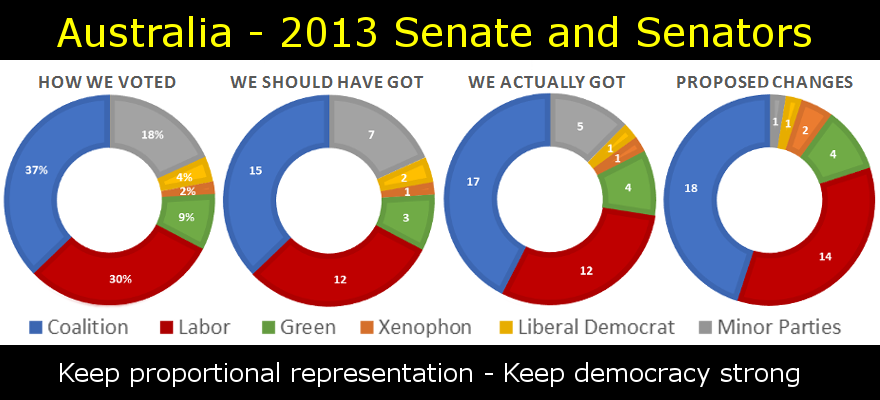There are many different criteria by which voting systems can be evaluated.
One of the most important criteria to me is proportional representation. Closely related to this are transferrable vote systems, which help maintain proportionality.
I was surprised to find out, after moving state within Australia to Queensland, to find out that it was the only state without some form of proportional representation!
All other states have an Upper House elected by proportional representation. The Lower Houses are formed from single member electorates, and so absolutely dominated by the major parties with no proportionality, but the bicameral parliament ensures some measure of democracy is maintained.
(Effectively, with the Lower House always dominated by one party or the other, there is never any possible meaningful debate there; the government will always win, every time. The only real debate, negotiation and compromise, or possibility of failure, occurs in the Upper House.)
As shown in the graphs below, at a federal level, there is already a degree of bias towards the major parties (getting more seats than the proportionally should), due to the high quotas (low number of positions) in the Senate. Recent proposed changes will make this even worse, with the 18% of voters for minor parties reduced to a single seat (2% of the parliament).

